There’s cold, and then there’s Raynaud’s cold!
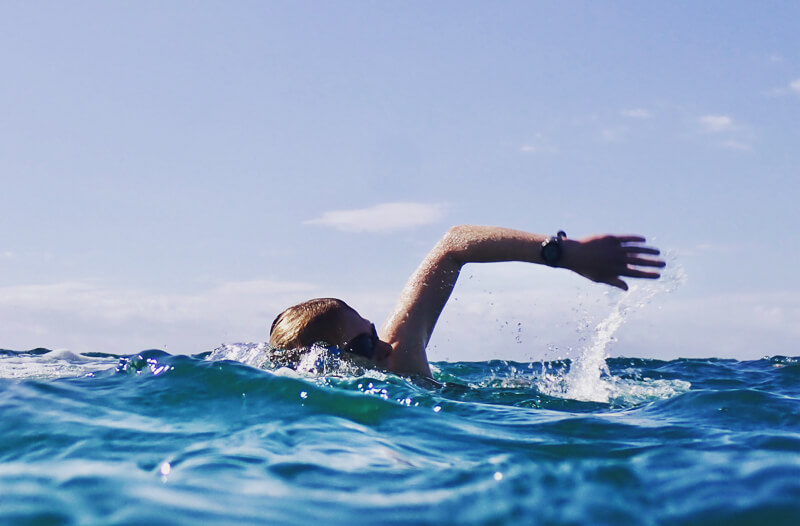
Do you have a superpower?
Can you tell the water temperature by the colour of your hands?
“I say my hands are my personal temperature colour scales, blue is 18°C, purple is 17°C,” jokes Gold Coast ocean swimmer, Jo Smallacombe.
It seems being able to tell the water temperature is Jo’s superpower and she shares her insight on a condition called Raynaud’s phenomenon with fellow ocean swimmer Rosie Ning.
Raynaud’s Phenomenon describes a condition where smaller arteries that supply blood to your skin become narrow, limiting blood flow to affected areas (vasospasm). It affects blood flow to fingers, ears, toes, nipples, knees, or nose. This happens due to spasms of blood vessels in those areas. The spasms happen in response to cold, stress, or emotional upset. Symptoms of Raynaud’s can last from a few minutes to several hours. (Mayoclinic website)
Raynaud’s becomes apparent in response to the cold and other triggers, and whilst it is not a serious threat to one’s health, it can be annoying to live with, and a factor worth planning for when swimming in cold water.
If you suspect you have Raynauds it’s important to see a doctor. This is because Raynaud’s can be either primary or secondary due to other underlying medical conditions that should be investigated. In this article, we are talking about primary Raynaud’s.

An ocean swimmer’s perspective: Swimming with Raynaud’s
Rosie: Thanks for agreeing to talk about ocean swimming with Raynaud’s. What is it that you enjoy most about ocean swimming?
Jo: I just love the sense of freedom and exhilaration you get from being out in the ocean, the unpredictable nature of it and its amazing healing power. No matter what has happened during the week, an ocean swim makes it all better! I also really love cold water – it gives me an incredible sense of being alive and I love the sensation of cold water against my skin. I swim in the ocean all year round, every weekend and during the week when I can.
When did you first realise you had Raynaud’s?
I was already regularly swimming with an ocean swimming group when one day someone I was swimming with noticed the colour of my hands and asked if I had Raynaud’s. She had a medical background and recommended I see a doctor about it. I hadn’t taken much notice before then. That week I saw my GP and they confirmed that I had primary Raynaud’s phenomenon (after tests ruled out other more serious conditions).
What do you do to specifically manage your Raynaud’s?
I have learnt to take precautions. It’s important that I keep my hands and feet warm before I get in and when I get out. I make sure they are dried and covered quickly with socks and gloves. I wear a wetsuit if I’m planning to swim for one hour or longer in cold water. I measure swims by the time in the water rather than distance swum, especially on the social swims where we stop and wait for our group to re-gather.
I have also tried acupuncture with some success (see before and after photos of one treatment).


Have you ever been worried about having Raynaud’s?
Raynaud’s itself doesn’t worry me too much (having cold hands can be quite useful for getting kids out of bed in the morning), although the numbness can be a bit annoying.
The colour of my hands doesn’t really bother me either, but having Raynaud’s does make me more susceptible to chilblains*. Chilblains can cause a lot of pain and discomfort which can last for 1 – 3 weeks. This is why I’m careful to get my hands and feet warmed up quickly after a swim.
*Chilblains are painful inflammation of small blood vessels in the skin that occur in response to exposure to the cold. Chilblains can cause itching, red patches, swelling and blistering on your hands and feet.(Mayo clinic)
Have you ever had a swimming experience where having Raynaud’s has left an impression on you?
I was in Tasmania during winter and had my sights set on getting into the Derwent River for an early dawn swim on a clear morning. The ~10°C water was crystal clear and looked inviting. I was surprised by how shallow the water was and I had to walk out for roughly 20 metres before I could dive in (long enough for my feet to go numb!).
I felt my feet getting cold but at the time I thought that was part and parcel of swimming in the Derwent River. I only spent around 10 minutes in the water – just long enough to feel the exhilarating cold-water rush! I came out of the water with numb hands and feet but I didn’t feel cold. I wasn’t worried at this stage, in fact, I felt really good. I stayed on the beach in my swimmers doing stretches. Then, about 15 minutes later, the cold hit me. I couldn’t get my hands or feet warm. It took me hours to thaw out properly. (See also, The Afterdrop phenomenon experienced by cold water swimmers)
A day or so later I developed chilblains, which caused me a lot of pain and discomfort in my fingers and toes for the rest of my trip. They were quite severe and led to open wounds developing on my fingers. I have had chilblains before but not as bad as this. I learnt from my Derwent River experience to make sure I wear socks and shoes right up until I enter the water and put them on again straight afterwards (even if I don’t feel cold). I have swum since this incident and I haven’t got the chilblains as badly as I have in previous years (thanks to now taking precautions).
Is there an ocean swim event that you are training for?
I’ve entered the 20km swim around Great Keppel Island next year, but really my motivation for training is to maintain my fitness so I enjoy my Saturday morning ocean swims and still have a wine or two on a Friday night! We sometimes do 5 – 10km swims if conditions are good, so I like feeling fit enough to do this without thinking too much of it. I live in Brisbane so I train in the pool during the week.
What advice or recommendations would you give to someone with Raynaud’s wanting to try open ocean water swimming?
Make sure you keep warm before you get in, wear gloves, socks & shoes and dry your hands & feet quickly afterwards. Most importantly, don’t forget to grab yourself a warm coffee!
This website provides some useful information for people living with Raynaud’s phenomenon.
https://www.raynauds.org/

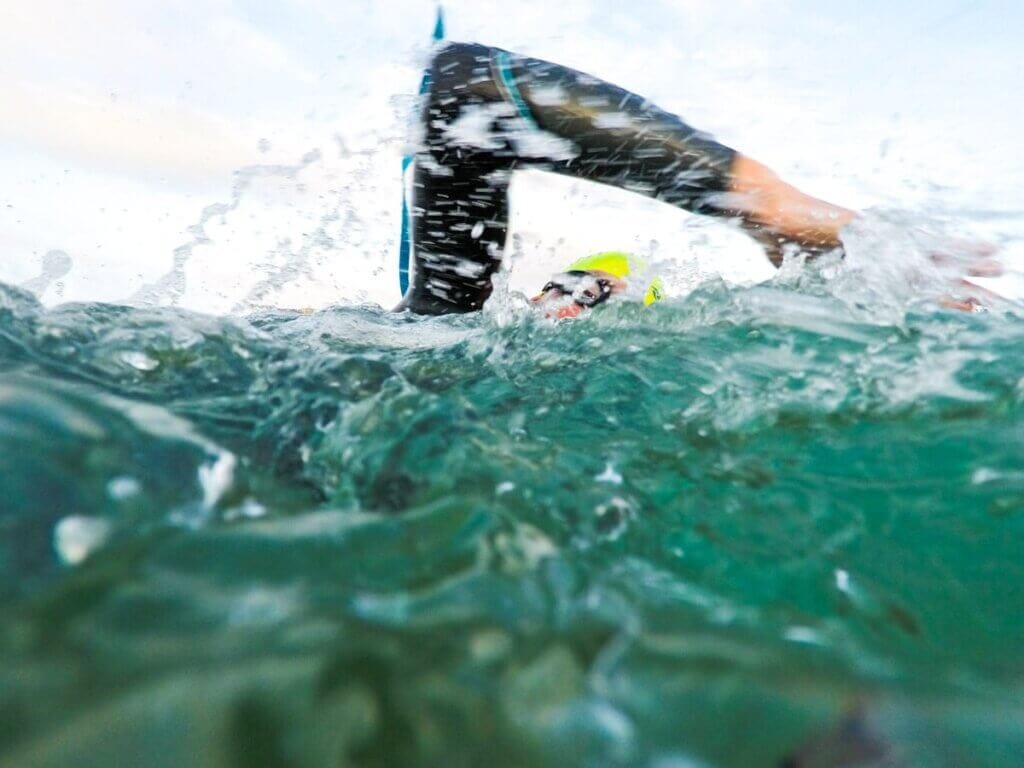
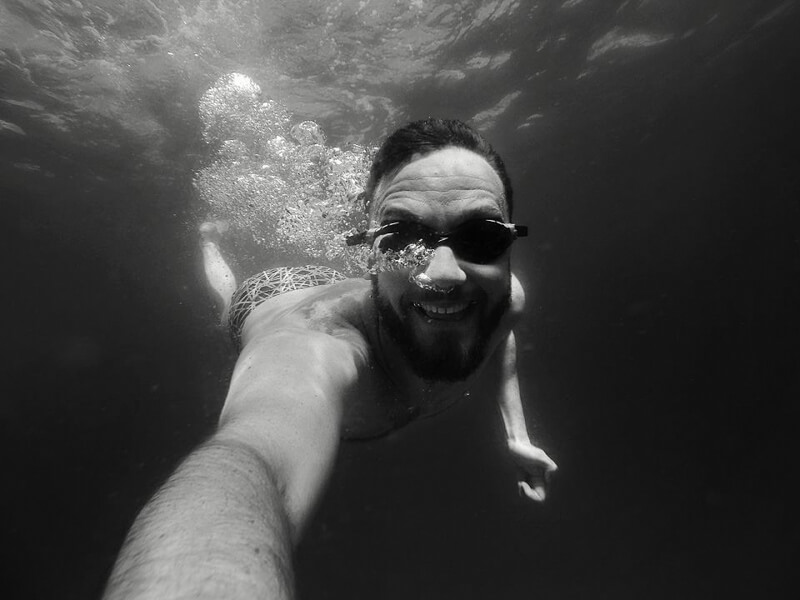
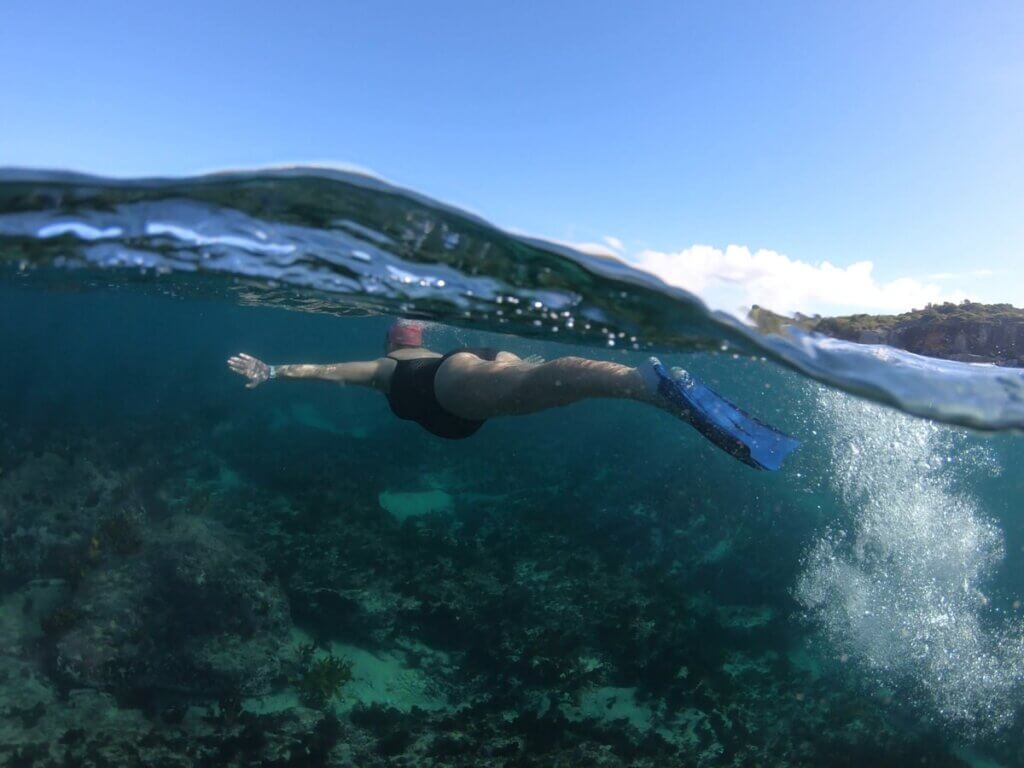
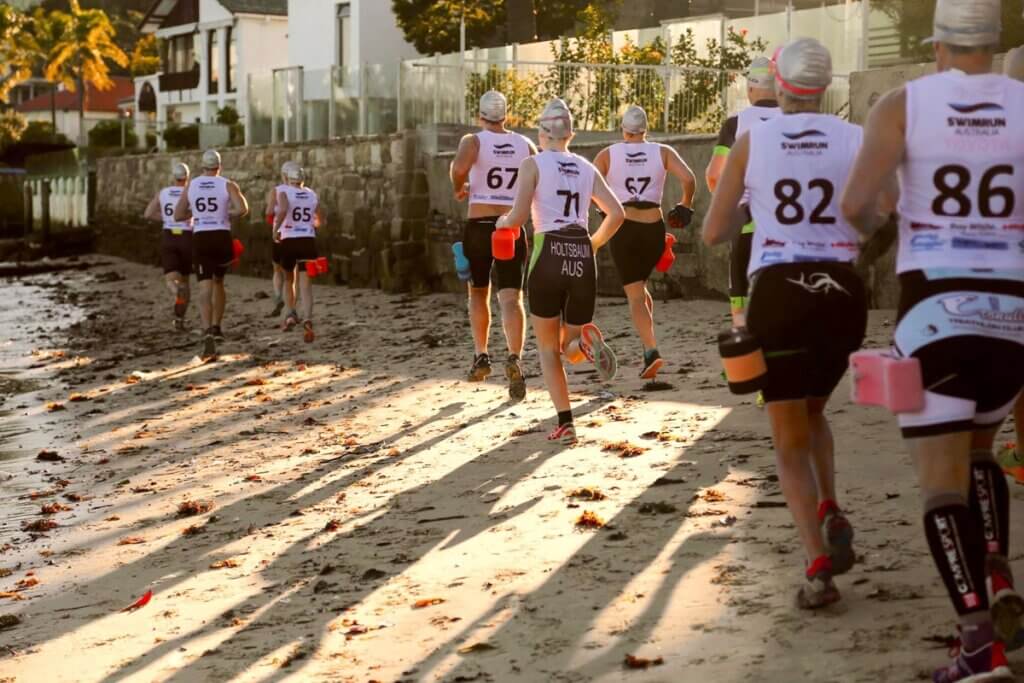

Agree with everything here except the last sentence about coffee!! Caffeine is known to exacerbate Raynauds symptoms and may not be the best hot drink after a cold swim